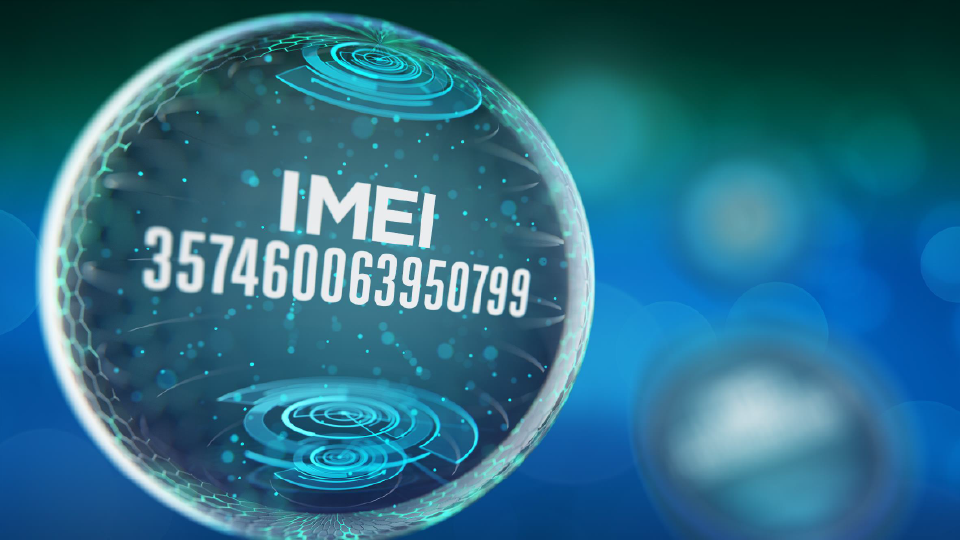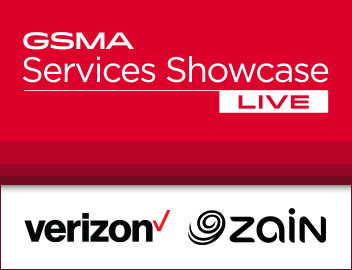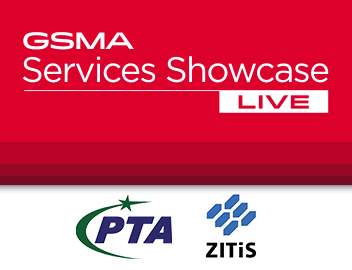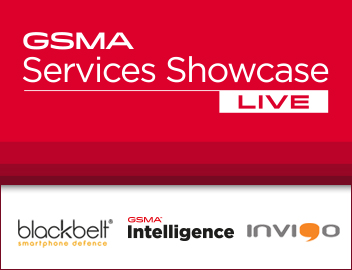
Device attribute data
Datasets of device characteristics and capabilities that help improve business performance by providing essential insights and facilitating analysis for better-informed decisions.
What is device attribute data?
Information to identify and validate devices, such as the manufacturer, model, hardware information, operating system, IoT type, frequency bands supported and band performances.
Where does the data come from?
The TAC (Type Allocation Code) which forms the first 8 digits of a mobile device’s unique 15-digit IMEI (International Mobile Equipment Identifier). As the industry-authorised allocators of TAC, our datasets are always accurate because they are based on the information we receive from all device manufacturers globally in real time.
You can access this device attribute data through either GSMA Device Database or GSMA Device Map. Get in touch to find out which best suits your business objectives.
Why is it important for your business?
With over 10,000 device models launched every year, coupled with the diversity of connected devices, keeping track of them is highly complex, yet even more crucial than ever before. After all, how can you ensure optimal customer experiences, regulatory frameworks or diagnostics if you don’t have detailed information on the devices in question?

Powerful business insights
Gain greater business intelligence through improved operational metrics and advanced analytics.

Smoother rollouts
Plan the rollout of new technologies and network upgrades more effectively, with a better understanding of device capabilities.

Enhanced capacity planning
Identify devices and their capabilities to spot usage patterns and make real-time adjustments.

Improved customer satisfaction
and ROI
Develop more effective marketing and customer support based on the characteristics and capabilities of customers’ devices.
Practical examples of what it can do
Find out how device attribute data can be used across different business applications, departments and industries.
Device management
Device management
Device attributes are increasingly complex to track and manage, as many different device types are being launched and the growth of device circularity means recycling and repairs are happening much more often.
- Device attribute data helps by enabling you to identify the device type, including the manufacturer, model, marketing and brand name
- Validate a device by confirming if it matches what’s been registered by the true manufacturer
- Determine an accurate device valuation for recycling or insurance purposes
Network management and band planning
Network management and band planning
During this time of sunsetting old network technologies and implementing new ones, it’s even more important to understand the capabilities of a device to efficiently manage networks and end customers.
- Device attribute data helps you identify devices that need to be upgraded
- Identify usage patterns and device capabilities, including MIMO support, QAM density and CA for real-time performance adjustments
- Validate that customers’ subscriptions meet their device capabilities
Customer support and targeting
Customer support and targeting
A better understanding of the devices customers are using leads to greater insights into what they need, the ways to help them and how you can keep them.
- Improve target marketing with device identification, by enabling more effective offers and price plans
- Empower your customer support team through real-time device feature identification of customers’ devices, for more effective troubleshooting
- Reduce churn through better device portfolio management, ensuring upgrades are timely and customers get the right experience based on their device
IoT and M2M identification
IoT and M2M identification
When it comes to IoT and M2M devices, many of them are being used in critical situations, requiring high availability. Therefore, it is essential they are accurately and easily identifiable.
- Increase IoT and M2M insights to help ensure correct subscription tariffs are in place
- Understand the purpose of a device when connecting to your network, eliminating guesswork – e.g., know if it’s a gateway, a car or an alarm sensor
Updates
The latest on our products, including GSMA Working Group PRDs and events.
4 October, 2023
The positive impact of device intelligence – Showcase Live #11
In a world with an ever-growing number of connected devices it’s getting harder yet more crucial to identify, validate and homologate devices. Learn more about how the GSMA’s range of device intelligence services help a wide range of businesses and public institutions make better-informed decisions. Download the Presentations Benefits of device intelligence for operators.Tyler Smith, […]
Learn more31 May, 2023
Device Counterfeiting and Fraud Prevention – Showcase Live #9
Find out more about the role of device identification in the fight against counterfeit devices – and how it can protect your business. Global regulatory and LEA use cases will be discussed, along with best practices and the latest market statistics – which point to the value of TAC and insights based on this data. […]
Learn more15 February, 2023
The Value of Device Identification and Verification – Showcase Live #7
Discover the importance of device identification and verification for your business. Hear from a variety of experts in the field, who share their very different use cases to provide business insights. Catch Up Duration: 58 min 44 secs Download the Presentations Trends shaping the device ecosystem in the 5G and IoT era Discover key trends […]
Learn moreResources
Further information and insights in the form of blogs, case studies and videos.

How WDS-Sicap are leveraging accurate device data to improve business performance
Discover how Invigo is helping mobile operators prioritise 5G technologies and spectrum bands to ensure network optimisation

Why device data is crucial for successful 5G rollout and optimisation










